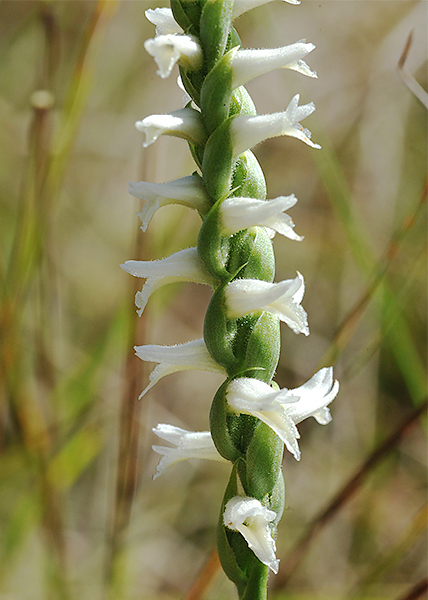
Date: October 1, 2015. Location: Ciha fen

Date: October 1, 2015. Location: Ciha fen
Scientific Name: Spiranthes incurva (Spiranthes=Gr. spiral flowered; sphinx=Gr. cryptic). formerly S. cernua
Common Name: sphinx ladies'-tresses orchid
Origin: Native
Comments: The plant pictured here has polyembryonic seeds suggesting it is Spiranthes cernua (or incurva). It was one of a small cluster of eight individuals. The plants had morphological features similar to those found in S. magnicamporum which is some times identified by its odor. A barely noticible odor came from the plant in this photo and one other plant. The remaining plants had no odor that we could detect. We didn't count chromosomes but suspect this is a polyploid member of the S. cernua complex having S. magnicamporum as one of its progenitors.
S. cernua/incurva is so variable that morphological features play only a small roll in its identification. Its most distinguishing characterists are its polyploidy and its production of polyembryonic seeds. Scroll down to see the comment section and: ( See discussion on genus page)
Additional references:
1 * 2 * 3 * 4 * 5 * 6 * 7 * 8 * 9 * 10.
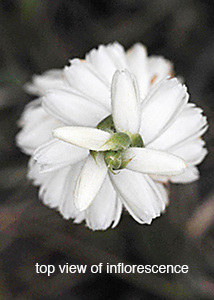
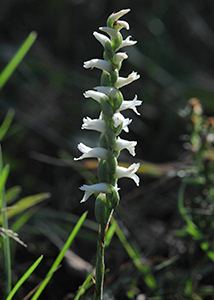
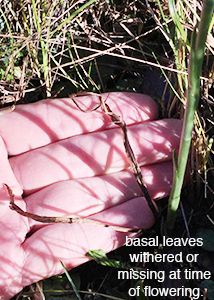
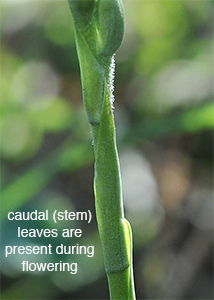
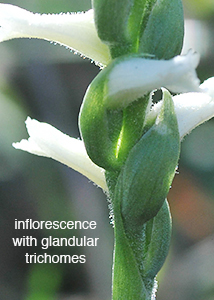
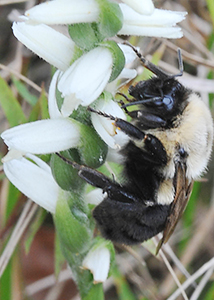
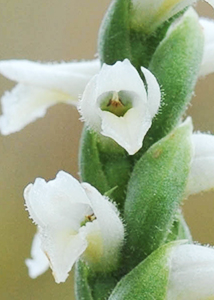
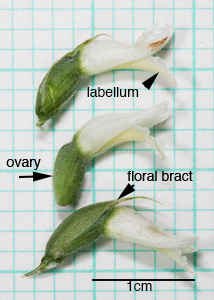
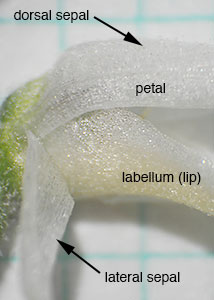
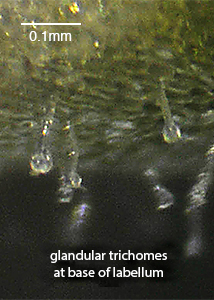
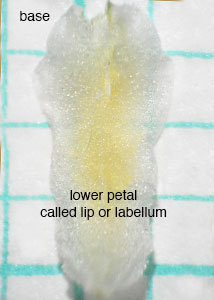
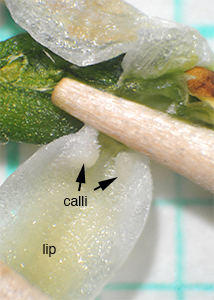
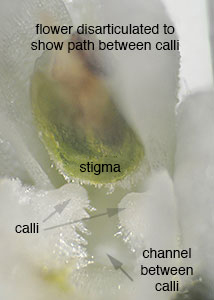
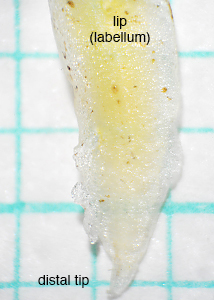
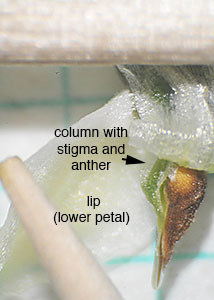
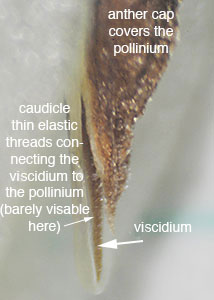
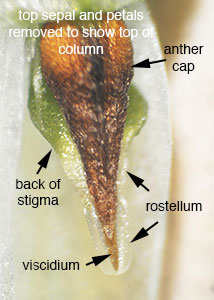
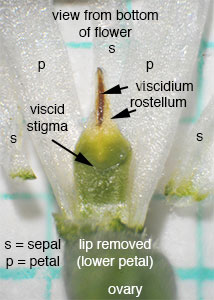
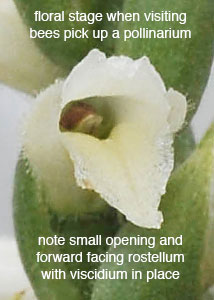
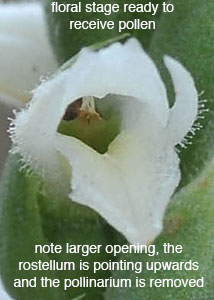
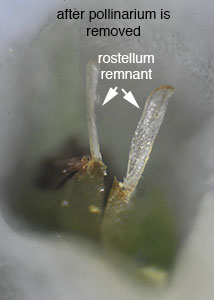

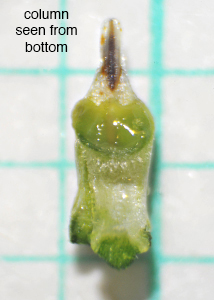
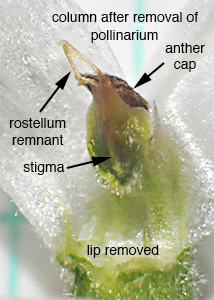

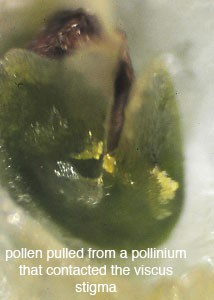

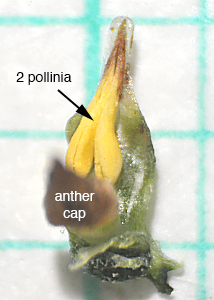
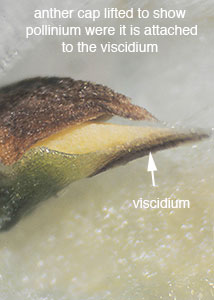
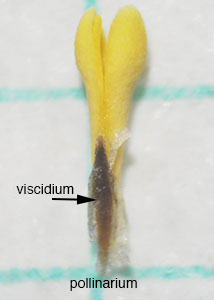

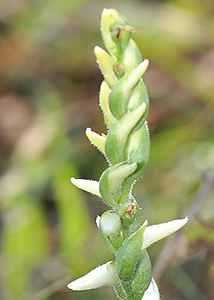

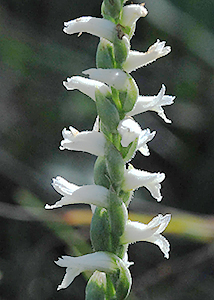

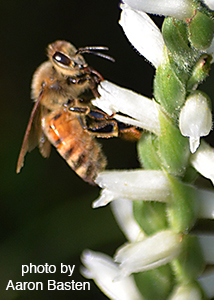
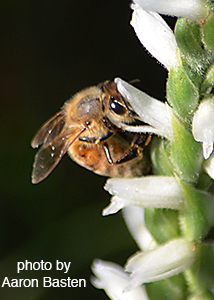
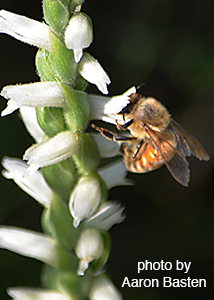
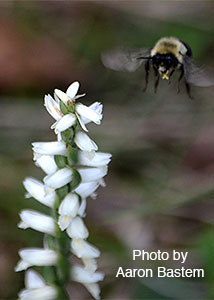
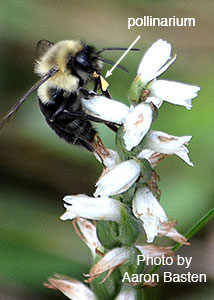

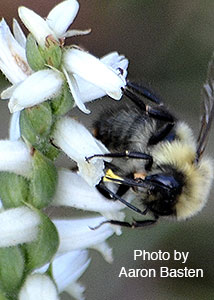
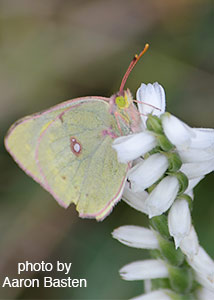

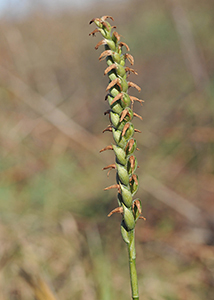
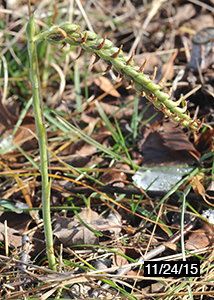
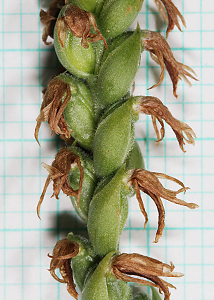

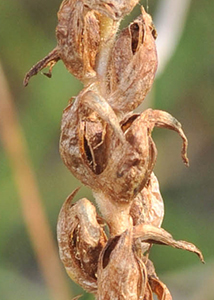
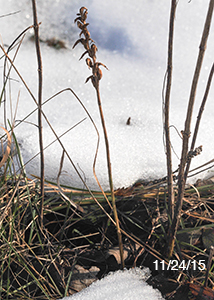
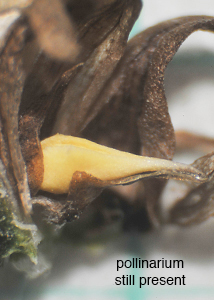
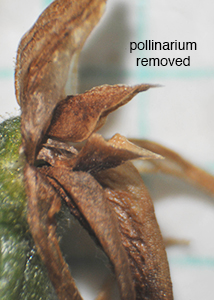
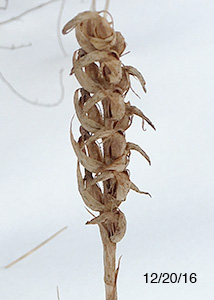

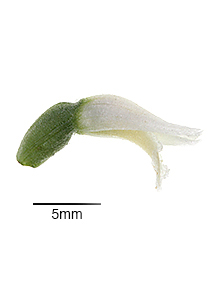
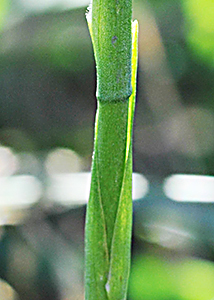

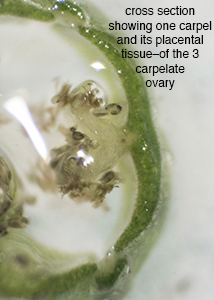

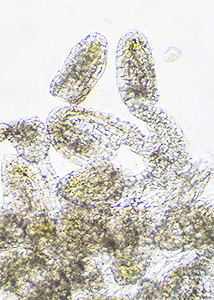
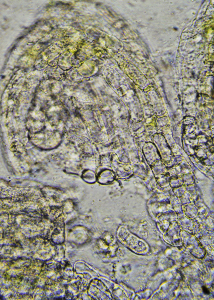
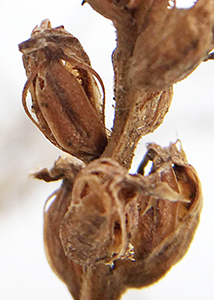
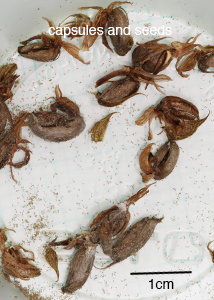
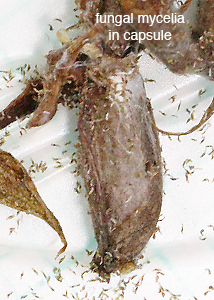
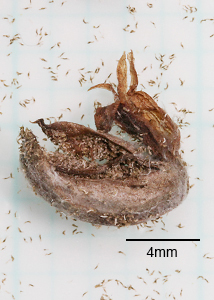
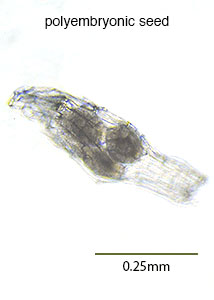
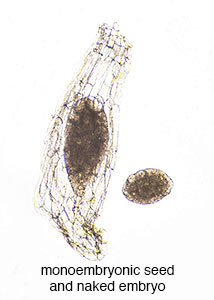
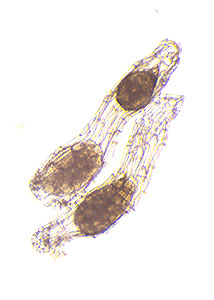
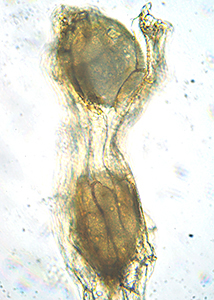
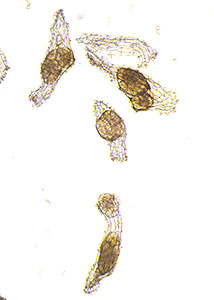
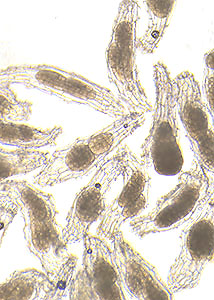
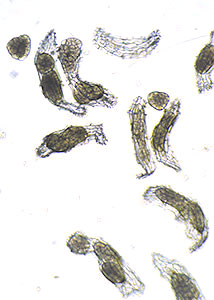
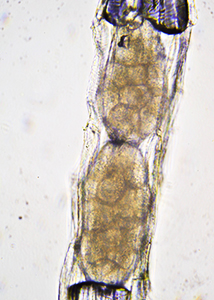
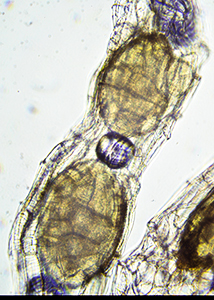
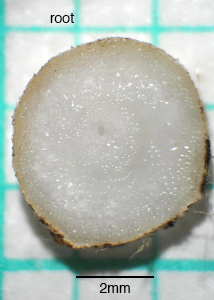


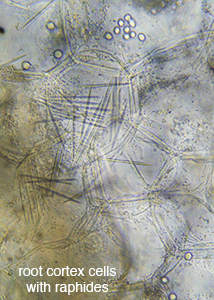
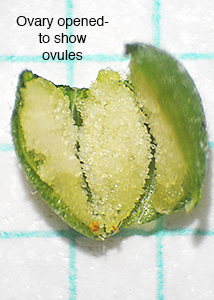

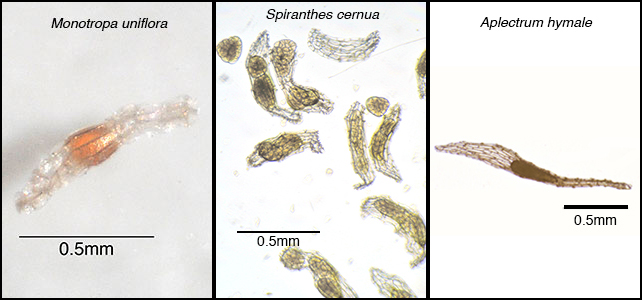
Comments:
Orchids, like most plants, have root associations with mycorrhizal fungi (myco=fungus, rhizal= root). For most plants the association with fungal mycelia provides an increased surface area for the absorption of water and nutrients thereby performing and enhancing the role of the plants own root hairs. The fungus in return, receives carbon based molecules provided by the photosynthetic plants. Since the numerous threads of a fungal mycelium may be intimately connected to the roots of many different plants, forming a mycorrhizal network; it is sometimes conjectured that the mycelium may provide a channel for chemical communications between interconnected plants.
Orchids have evolved a means of entering these mycelial networks and acquiring photosynthetic products transported through them. The orchid may also receive the nutritive products the fungus acquires from acting as a saprotroph. The fungus receives no apparent benefit from its association with the orchid so the orchid is sometimes called a “cheater”. The orchid benefits by having a reduced investment in both the mechanisms of photosynthesis and the complexities of root structure. Through some parts of their life cycle many orchids are achlorophyllous (lack chlorophyll) and consequently are non-photosynthetic. Orchids are called myco-heterotrophs, which means they derive nutrients from fungi (myco) and other (hetero) sources. The “hetero" usually refers to the plants dependence on photosynthesis which may or may not occur at certain stages of the orchids development. A reduced dependance on photosynthesis is the reason that orchids can often be found in low light environments.
Orchids also enlist the aid of fungi for seed development. Typically an orchid capsule will produce thousands of tiny seeds (called dust seeds). If you tap a capsule when it is ready to release seeds, It will look like a cloud of dust was released. The seeds can be small and numerous because the orchid doesn’t have to spend its resources on providing stored nutrients (an endosperm) to support the germinating seeds. Instead, a fungus provides that function (see ...Seed Germination-Promoting Mycorrhizal Fungi). While the odds are against an individual seed finding the right conditions for survival to maturity, enough plants are produced to make orchids one of the largest groups of plants on the planet. Most prefer moist conditions and are found in the tropics
Sometimes evolution finds more than one path to efficiency. Orchids are monocots that have evolved a symbiotic relationship with fungi. Among the dicots a similar efficiency has evolved in the achlorophyllous plant Monotropa uniflora. It too, augments its root functions with fungi and it produces smaller seeds that require a fungal assist for germination. The young plant is completely white and can grow in dark areas where it is sometimes called the ghost plant.
None of the orchids are directly parasitic on other plants (at least not to my knowledge). It could be said that many are parasitic on a fungus which is in turn parasitic on another plant which serves as its host. There are other plants however, that are directly parasitic on a host plant. The Cuscutta glomerata (rope dodder) plant for example, entwines its host’s stem and inserts its haustora into the vascular tissue of the host from which Cuscutta derives its nutrients.